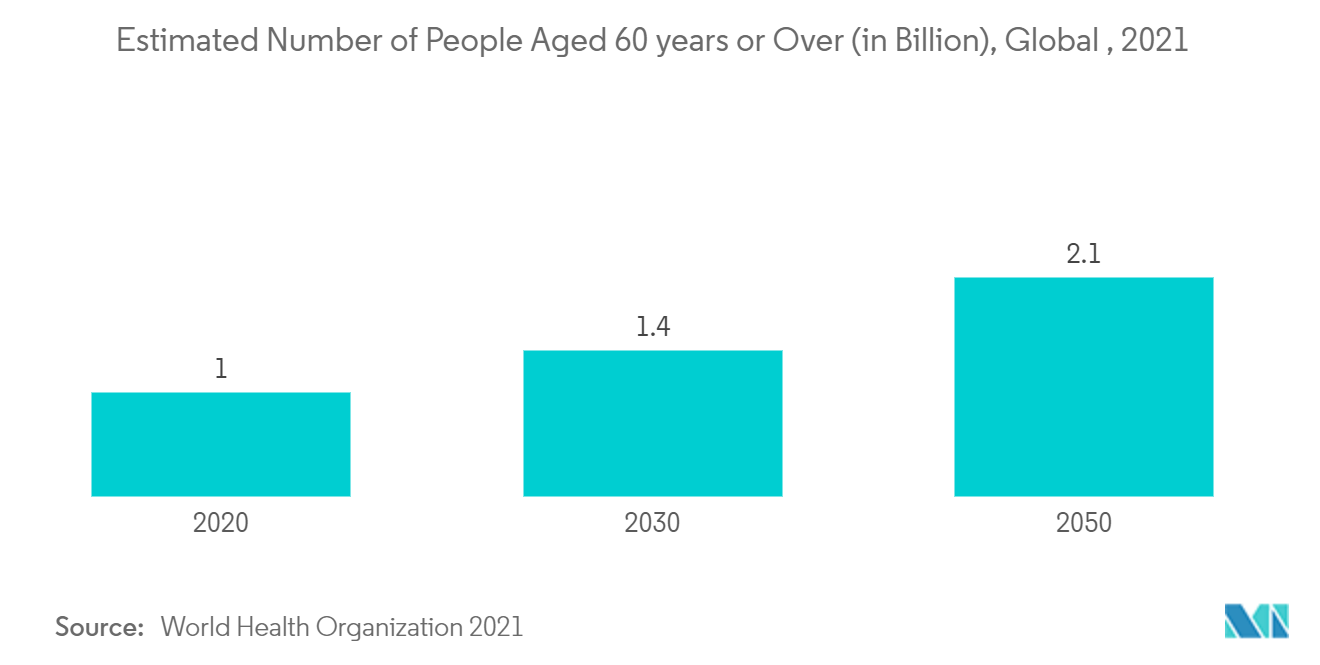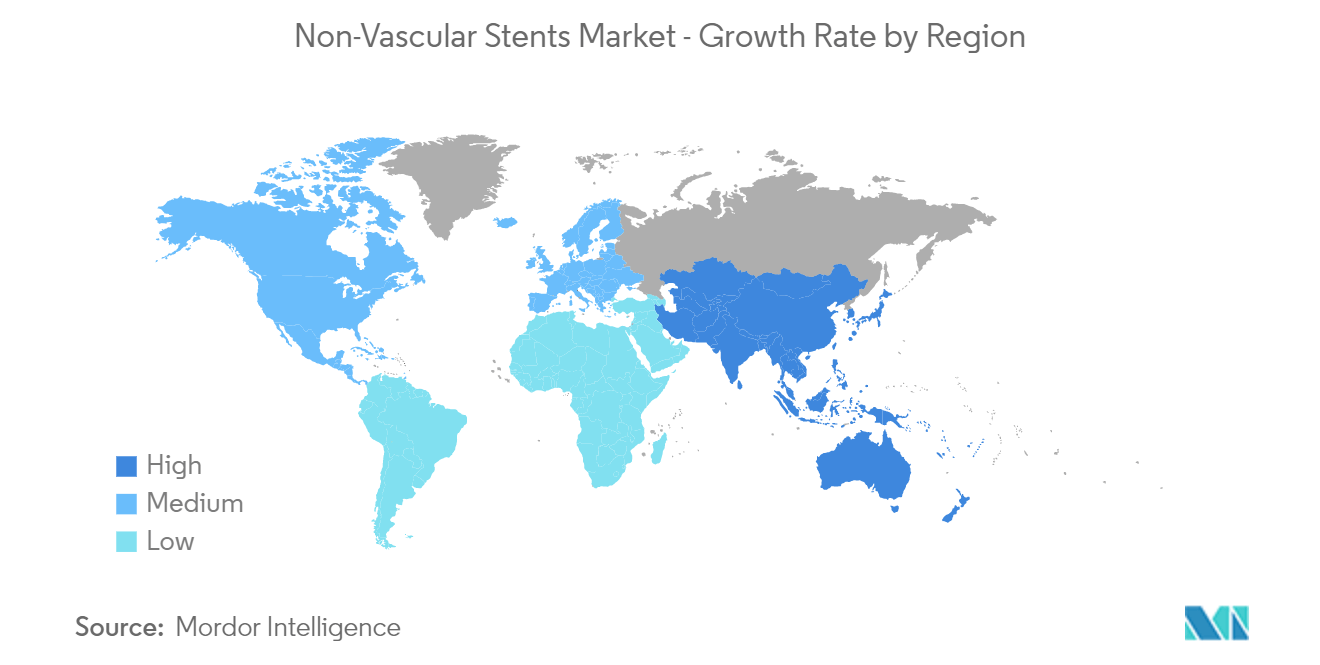Market Trends of Global Non-vascular Stents Industry
This section covers the major market trends shaping the Non-Vascular Stents Market according to our research experts:
Urological Stents Dominate the Global Non-vascular Stents Market Over the Forecast Period
The key factors propelling the segment growth include a high incidence of urologic conditions, a rising senior population, and technological advancements.
According to the American Urological Association Foundation (AUAF), benign prostatic hyperplasia (BPH), urinary incontinence (UI), urinary tract infections (UTIs), and kidney and ureteral stones are among the most common urological diseases. The United States According to the National Institute of Medicine July 2020, urinary tract infection affects approximately 150 million people globally. In addition, about 11% of women visit one physician yearly for urinary tract infection treatment. Urinary tract infections (UTIs) are among the most common microbial diseases affecting people of all ages. Diabetic patients have a higher risk of developing UTIs. With a global increase in the diabetic population, complications like dysuria and organ damage are associated with UTIs, which are also rising.
Additionally, according to an article published in the International Journal of Molecular medicine in August 2020, Kidney stone disease, also known as nephrolithiasis or urolithiasis, is one of medicine's oldest diseases. It is estimated that 11% of people will develop kidney stones at some point in their lives, and the prevalence and incidence of kidney stones are increasing worldwide. However, the overall prevalence of urolithiasis was 11.2 %, with 48.8 % having a first-degree relative with the disease. Males were 1.8 times more likely than females to have urolithiasis.
Thus the above mentioned factors are expected to drive the growth of the studied segment during the forecast period.

North America Dominates the Global Non-vascular Stents Market Over the Forecast Period
The rising disease prevalence is propelling the market growth across the entire region. For instance, abdominal wall hernias are among the most common of all surgical problems. Knowledge of these hernias (usual and unusual) and of protrusions that mirror them is an essential component of the armamentarium of the general and pediatric surgeon.
The article titled " New machine learning models can predict adverse outcomes following abdominal hernia surgery with high accuracy" published in April 2022 mentioned that 4 million abdominal operations are performed in the United States each year, some of which may reuire the need for hernia repair. More than 400,000 ventral hernia repair operations are performed annually. According to the estimates of the American Cancer Society, in 2020, there were around 73,750 new cases of kidney cancer in the United States and approximately 14,830 deaths from this disease.
These rising rates of emergent incisional hernia repair are bothersome owing to the significantly increased risk of morbidity and mortality, thus generating a need for non-vascular stents such as gastrointestinal stents, in the region.
Thus the above mentioned factors are expected to drive the growth of the market over the forecast period in this region.


